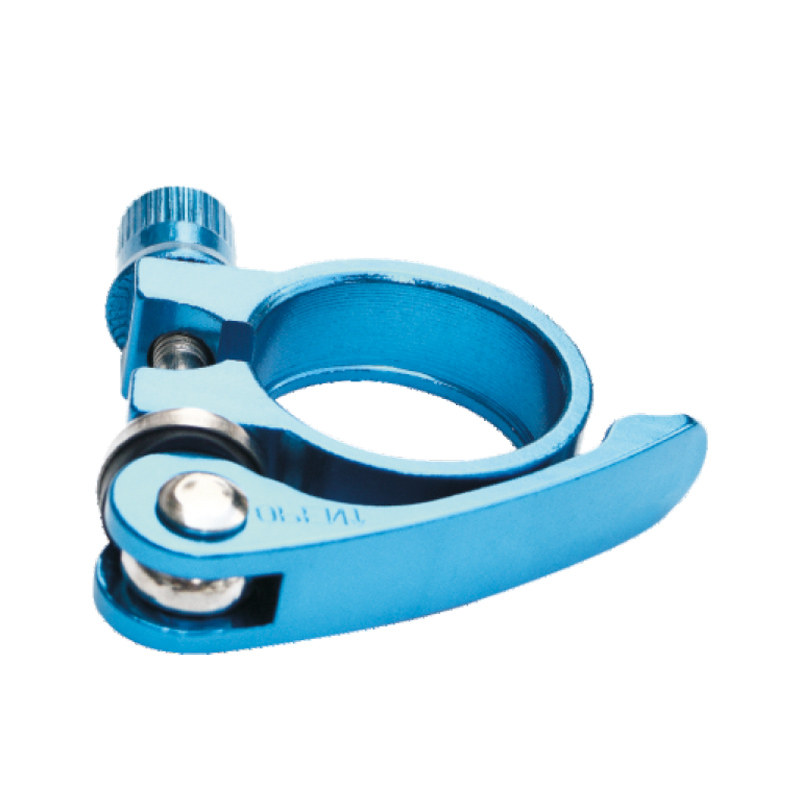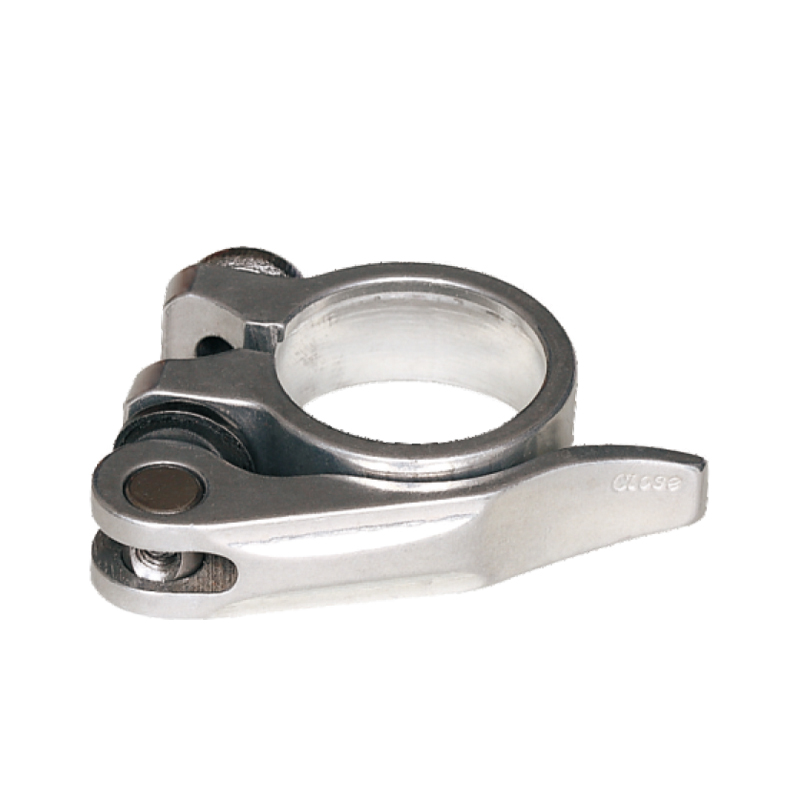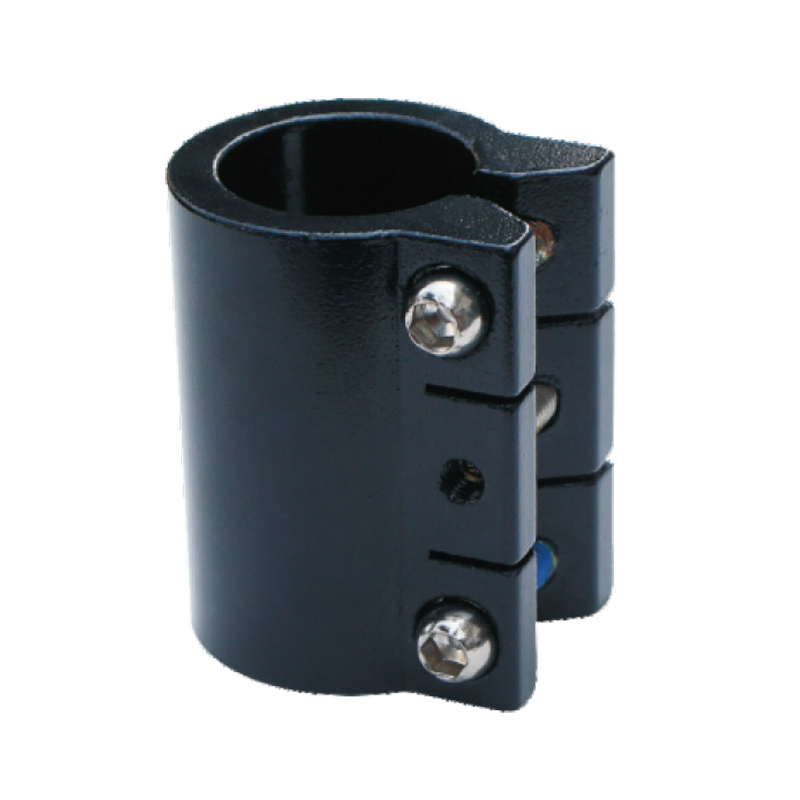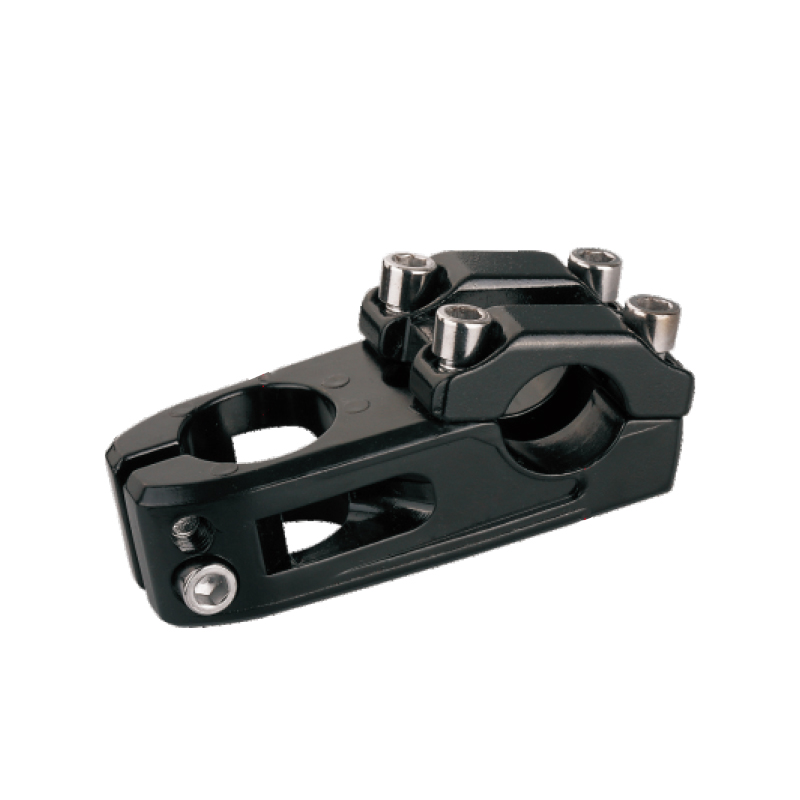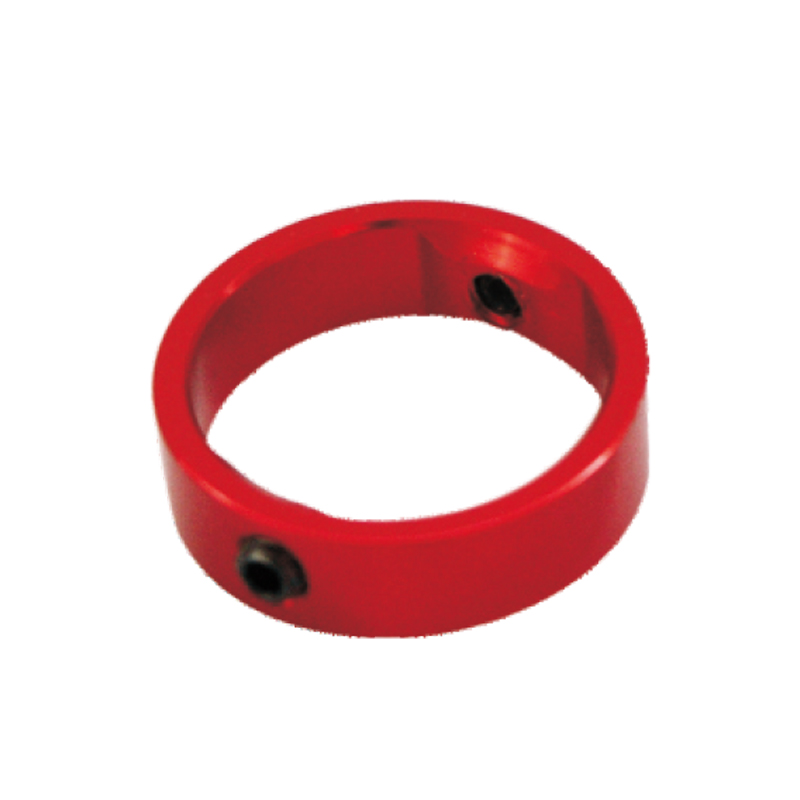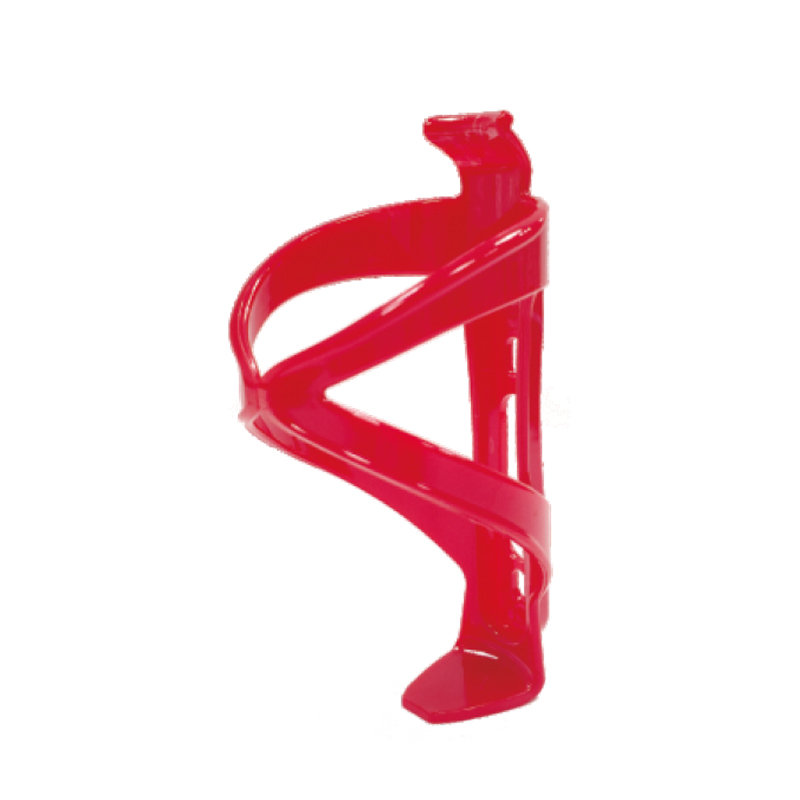Cycling is an enjoyable and healthy way to stay active, but a poorly fitting bicycle can cause discomfort, pain, and even injury. One of the key components that can affect the fit of your bike is the stem. A bicycle stem connects the handlebars to the fork steerer tube and determines the height and reach of the handlebars.
Choosing the correct
bicycle stems size for your bike is crucial for a comfortable and safe ride. A stem that is too long or too short can put too much strain on your lower back, neck, and shoulders, causing discomfort and pain. In this article, we will discuss how to measure for the right bicycle stem size, so you can find your perfect fit.
Step 1: Determine your riding style
The first step in finding the right stem size is to consider your riding style. Different cycling disciplines require different handlebar positions. For example, road cyclists typically have a lower and more aggressive position, while mountain bikers often prefer a more upright position. Your stem choice should match your riding style.
Step 2: Measure your current stem
If you already have a stem on your bike, measure it to determine its length. Use a ruler or tape measure to measure from the center of the steerer tube to the center of the handlebar clamp. This measurement is the stem length, which is usually expressed in millimeters (mm).
Step 3: Determine the ideal stem length
Once you have determined the length of your current stem, you can use it as a starting point to determine the ideal stem length. A general rule of thumb is that the stem length should be roughly equal to your arm length from your shoulder to your hand. This measurement can vary depending on your riding style and personal preferences.
Step 4: Consider the stem angle
Stem angle also plays a role in determining the handlebar height. Stem angles typically range from -10 degrees to +17 degrees. A negative angle stem will position the handlebars lower than the steerer tube, while a positive angle stem will position the handlebars higher. Choose a stem angle that complements your riding style and allows you to maintain a comfortable position.
Step 5: Test ride and make adjustments
Once you have selected a stem size and angle, it's important to test ride your bike to see how it feels. You may need to make adjustments to the stem length or angle to achieve the perfect fit. Keep in mind that the ideal stem size may change over time as your flexibility and riding style evolve.
In conclusion, selecting the right bicycle stem size is an essential part of achieving a comfortable and safe ride. By following these steps, you can determine the ideal stem length and angle for your riding style and personal preferences. Remember to test ride your bike and make adjustments as needed to ensure a perfect fit. With the right stem size, you can enjoy your cycling adventures to the fullest.

Product category Bicycle stem extension
Texture of material Aluminum
Product tolerance +/-0.1mm
Purpose Connect handlebar and threaded headset
Processing mode CNC machining
Surface treatment Anodic oxidation/powder coating/painting
Material ALLOY/6061
Extension 80-120mm
Diam φ22.2-φ25.4-φ28.6mm
Angle 10°-20°
Quill 150mm

 English
English 中文简体
中文简体 Deutsch
Deutsch






